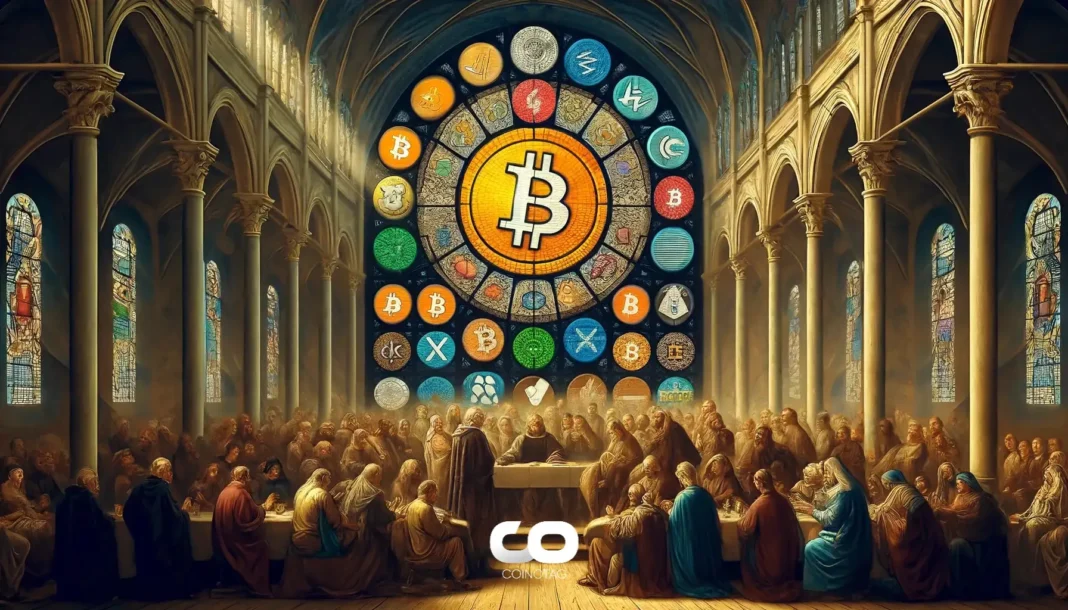-
Amid growing excitement and skepticism, Zora, the content-driven social media platform, is set to launch its own token, aiming to redefine creator compensation.
-
This announcement follows a surge in trading activity on Zora, highlighting the platform’s innovative but controversial approach to content monetization.
-
“This campaign may have come too soon to be fully accepted by the market,” stated Pump.fun co-founder Alon Cohen, reflecting the mixed sentiments surrounding the initiative.
Zora is launching its own token on April 23, 2025, amid a controversial content coin campaign aimed at transforming creator compensation in the crypto space.
Zora’s Token Launch: Timing and Implications for the Market
The upcoming Zora token launch on April 23, 2025, has sparked discussions within the crypto community regarding its timing and potential implications. As the platform transitions from a social media site into a token-driven ecosystem, critics are questioning whether this shift is sustainable or merely a marketing strategy. Jesse Pollak, a prominent figure in the Ethereum community, believes that content coins can resolve the longstanding issues creators face in monetizing their work. Nevertheless, the timing of the Zora token’s introduction, shortly after a volatile trading spike, raises eyebrows and invites scrutiny from industry stakeholders.
Market Reaction: Analyzing the Surge in Trading Activity
Last week, Zora witnessed a staggering 601% increase in daily trading volume, reflecting significant user engagement and speculation around the newly minted tokens. This influx of trading activity coincided with Pollak’s promotional efforts for the content coin concept, leading to concerns about potential manipulation. While many users have embraced the platform, with some enjoying the gaming and art features, others fear that the current frenzy may be fueled by short-term profit motives rather than long-term value creation.
The Role of Coinbase in Zora’s Evolution
In light of Zora’s anticipated launch, questions surrounding Coinbase’s involvement have emerged. Reports indicate that Coinbase has participated in funding rounds for Zora that total $52 million. While Zora plans to allocate a significant portion of its token supply to team members and contributors, the exact nature of Coinbase’s stake remains unclear. This potential relationship has led many in the crypto community to speculate about the influence Coinbase might wield over Zora’s trajectory.
Community Response: Diverging Opinions on Content Coins
The sentiment surrounding content coins and Zora’s strategy remains polarized. Some community members criticize Pollak’s approach, arguing that it prioritizes hype over sustainable practices. In contrast, others express optimism about the platform’s ability to innovate within the content ecosystem. For instance, a pseudonymous crypto trader noted the simplicity of creating engaging content, while others see the market’s response as part of a broader trend toward decentralized monetization models.
Conclusion
As Zora prepares for its official token launch, the implications for creators and the broader market remain to be seen. The concepts introduced by Pollak may provide a foundation for a new approach to content monetization, but concerns about timing and market stability linger. Nevertheless, the coming weeks will be critical in shaping the future of content-oriented tokens and their reception within the crypto community.






